Material handling, efficiency, and dependability are critical for maintaining smooth and continuous operations. Material handling equipment (MHE) is essential for warehouses and distribution centers. This includes storage racks, pallet jacks, forklift trucks, and conveyor systems. These pieces of equipment constitute the foundation of contemporary warehouses and distribution centers, facilitating the movement, storage, and retrieval of commodities.
Implementing comprehensive maintenance techniques for these systems has never been more crucial. Artificial intelligence (AI) is a growing force that is transforming predictive maintenance in the material handling industry.
Predictive maintenance utilizes data to forecast when equipment is likely to fail or require maintenance. Unlike traditional methods, which are either reactive or preventive, predictive maintenance focuses on identifying and resolving problems before they cause downtime. This proactive approach minimizes disruptions, extends the lifespan of equipment, and optimizes functioning efficiency.
AI is transforming predictive maintenance by utilizing intelligent algorithms and machine learning to analyze data from material handling systems. This enables the prediction of when equipment may fail, allowing for timely maintenance and reducing downtime and associated costs.
Material handling generates vast amounts of data during its operation. This includes data from sensors installed in storage racks, conveyor systems, pallet trucks, and forklift trucks. AI systems collect and process this data to monitor equipment performance in real-time. By analyzing patterns and anomalies in data, AI can identify potential issues before they escalate into major problems. AI can track vibrations, temperature, and patterns in conveyor systems. This helps us find early signs of problems.
AI employs predictive modeling techniques to predict equipment failures. Engineers create machine learning models using past data and current conditions to indicate when a part is likely to fail. For example, if a pallet jack’s wheels wear out, AI can predict when to replace them. It does this by examining past data and current usage. This predictive capability allows maintenance teams to plan repairs more effectively and avoid unexpected breakdowns.
AI can encounter problems that people might miss. This has a significant edge in predictive maintenance. It can identify abnormal conditions in equipment, such as forklift trucks or retrieval systems. And warn about potential problems before they lead to failures. For instance, if a forklift's hydraulic system shows unusual pressure levels, AI can alert you to investigate the issue.
Traditional maintenance schedules are often based on fixed intervals, regardless of the equipment's actual condition. AI-driven predictive maintenance, on the other hand, allows for dynamic scheduling based on real-time data. We can perform maintenance tasks with precise timing, rather than adhering to set schedules.
AI in predictive maintenance has a significant advantage. It can find problems that human workers might overlook. This gives a substantial benefit in maintenance.
AI provides valuable insights that enhance decision-making in material handling operations. By combining data from storage racks, pallet trucks, and conveyor systems, AI provides a comprehensive view of the equipment's health.
This holistic perspective enables maintenance teams to prioritize tasks, allocate resources efficiently, and make informed decisions about repairs and replacements. If a warehouse conveyor system and pallet jacks exhibit signs of stress, AI can recommend addressing the most critical equipment first.
To understand the real-world impact of AI on predictive maintenance, consider these examples:
Companies use AI-driven predictive maintenance systems to monitor the health of conveyor systems and storage racks. By analyzing data from sensors embedded in the equipment, the system can predict when components will need maintenance. This approach has cut downtime and maintenance costs while improving material handling efficiency.
Retailers with expansive distribution centers rely heavily on material handling equipment such as pallet jacks and forklift trucks. Companies employ AI systems to track the performance of these machines and identify potential issues before they affect their operations. For example, AI can anticipate when a forklift’s battery will wear out. This will allow the team to schedule replacements and prevent disruptions.
In manufacturing, AI-powered predictive maintenance helps keep equipment, such as retrieval and conveyor systems, running smoothly. By monitoring their performance, AI can predict when parts need servicing, preventing unexpected breakdowns and ensuring production continues.
The global predictive maintenance market is projected to reach USD 36.01 billion by 2029, growing at a compound annual growth rate (CAGR) of 32.30% from 2022 to 2029.
The integration of AI in predictive maintenance offers several key benefits:
By predicting and resolving issues before equipment fails, AI reduces downtime and ensures material handling equipment operates smoothly.
AI-driven maintenance reduces the need for emergency repairs and lowers maintenance costs by addressing issues proactively. This leads to more efficient use of resources and better budgeting for maintenance activities.
Predictive maintenance helps extend the lifespan of material handling by addressing wear and tear before it causes significant damage. This prolongs the operational life of assets like storage racks, conveyor systems, and forklift trucks.
By detecting issues early, AI enhances workplace safety and security. In areas with pallet jacks and forklifts, maintaining the equipment in good condition reduces the risk of accidents.
AI optimizes maintenance schedules and enhances decision-making, resulting in more efficient material handling processes. This boosts overall productivity and helps meet the demands of high-volume operations.
The future of AI in predictive maintenance for material handling is bright. As AI technology continues to advance, we can expect to see improved predictive models, enhanced data analytics, and increased integration with IoT and robotics. These improvements will boost the ability to predict and prevent equipment failures, increasing efficiency in material handling.
AI is developing predictive maintenance solutions for material handling equipment by providing deeper insights, enhancing decision-making, and optimizing maintenance schedules. As industries adopt AI technology, the advantages of predictive maintenance will become increasingly apparent, leading to more reliable and efficient material handling across various sectors. AI monitors storage racks, pallet jacks, conveyor systems, and forklift trucks to shape the future of material handling.
eINDUSTRIFY ensures that you have access to a comprehensive selection of high-quality products and expert solutions tailored to meet your specific needs. With our commitment to innovation, reliability, and customer satisfaction, we provide the tools and support necessary to optimize your operations and enhance productivity.
Partner with eINDUSTRIFY to streamline your material handling processes, reduce costs, and achieve your operational goals with confidence. Let us be the trusted partner that drives your success in material handling. Let eINDUSTRIFY be your catalyst for powering a future of unparalleled industrial excellence. Reach us by emailing us at info@eindustrify.com or calling +1 (888) 774 7632 to register for access to a premium global marketplace.
1. What is predictive maintenance in material handling equipment?
Predictive maintenance utilizes AI and machine learning to monitor the performance and condition of material-handling equipment, such as forklifts, conveyors, and cranes.
2. How Does AI Enhance Predictive Maintenance for Material Handling Equipment?
AI enhances predictive maintenance by processing vast amounts of data in real-time from various sensors embedded in equipment. AI algorithms can detect patterns, recognize anomalies, and forecast equipment failures.
3. What Types of Material Handling Equipment Can Benefit from AI-Powered Predictive Maintenance?
Predictive maintenance uses AI and machine learning to monitor the performance and condition of material handling equipment.
4. How Does AI Predict Equipment Failures in Material Handling Systems?
AI predicts equipment failures by analyzing real-time sensor data, including vibration, temperature, and pressure. Machine learning models identify subtle changes in equipment behavior or malfunctions.
5. What Are the Key Benefits of AI-Driven Predictive Maintenance for Material Handling Equipment?
Key benefits of AI-driven predictive supervision include reduced equipment downtime, lower repair costs, longer asset life, improved safety, and increased productivity.
Tags: Material Handling Equipment Forklifts Conveyors Cranes Pallet Jacks Lift Trucks Automated Guided Vehicles Storage Racks Retrieval Systems Material Handling Systems
RECENT POSTS:
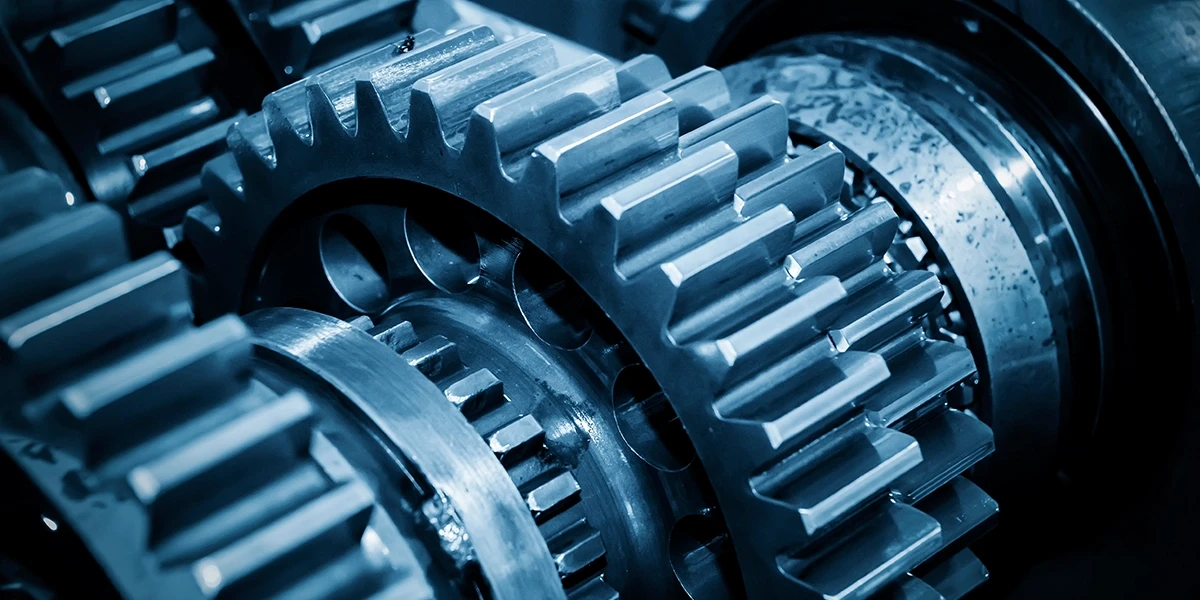
Essential Power Transmission Accessories for Industries
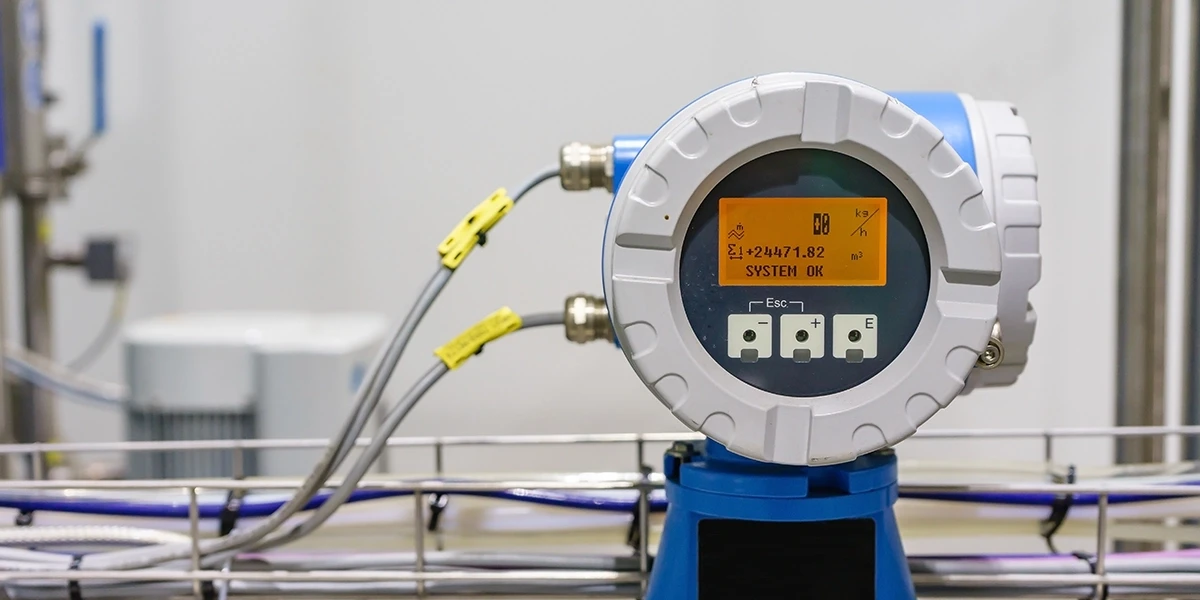
Best Industrial Sensors for Automation

Uses of Industrial Control Equipment
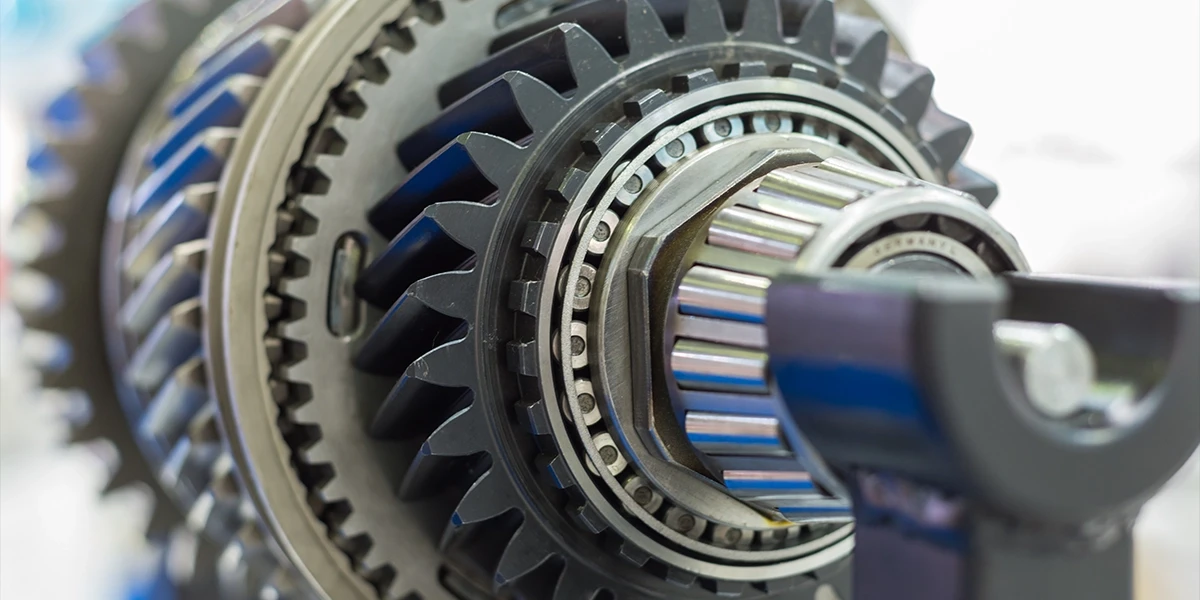
Top Bearings and Power Transmission Solutions
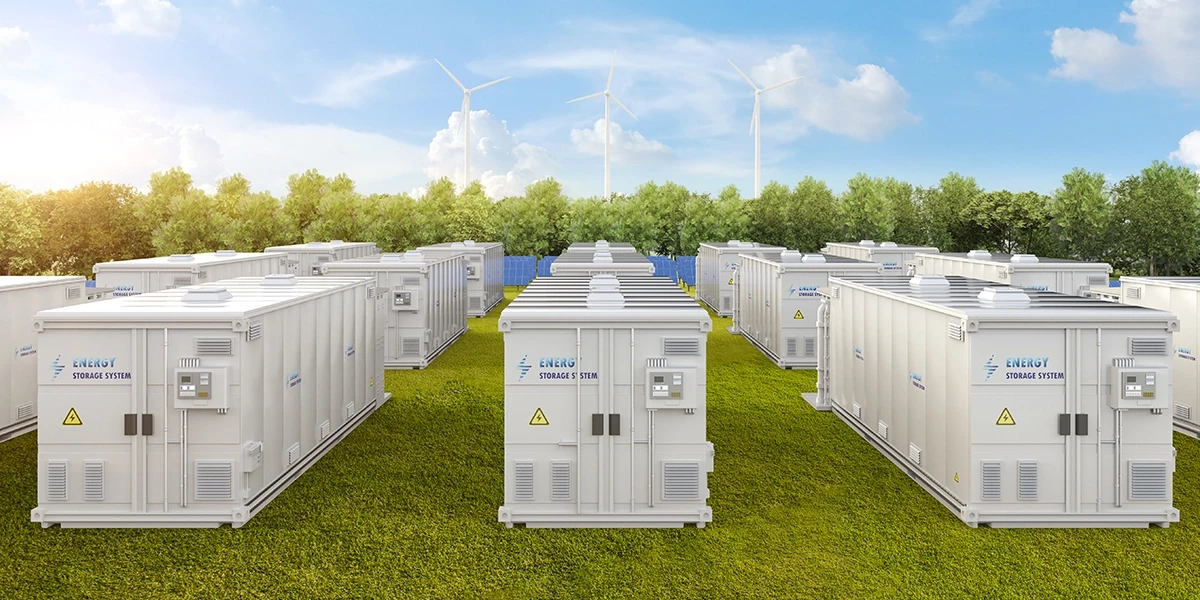
Buy Battery Energy Storage Systems Now
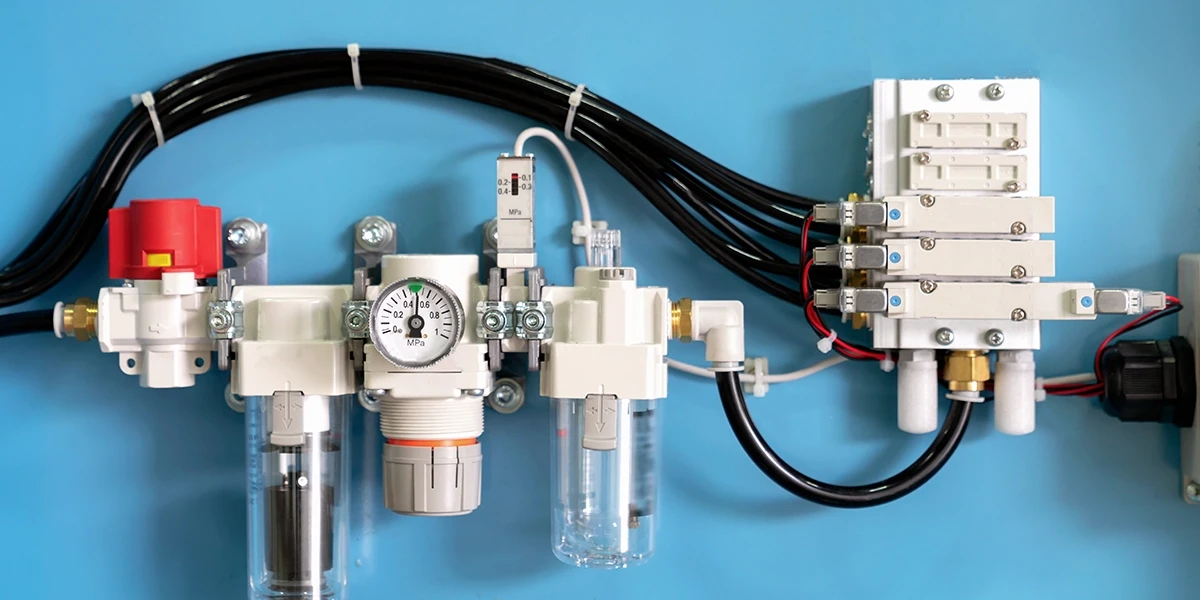
Benefits of Pneumatic Systems Today
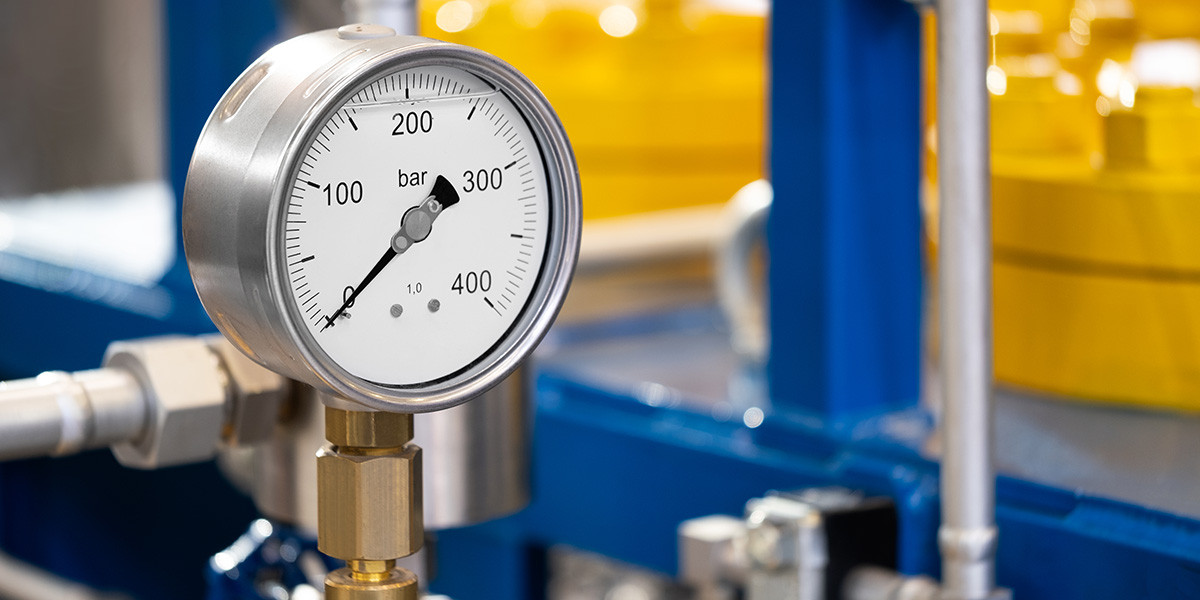
Durable Air Regulator Valve for Heavy-Duty Industrial Use
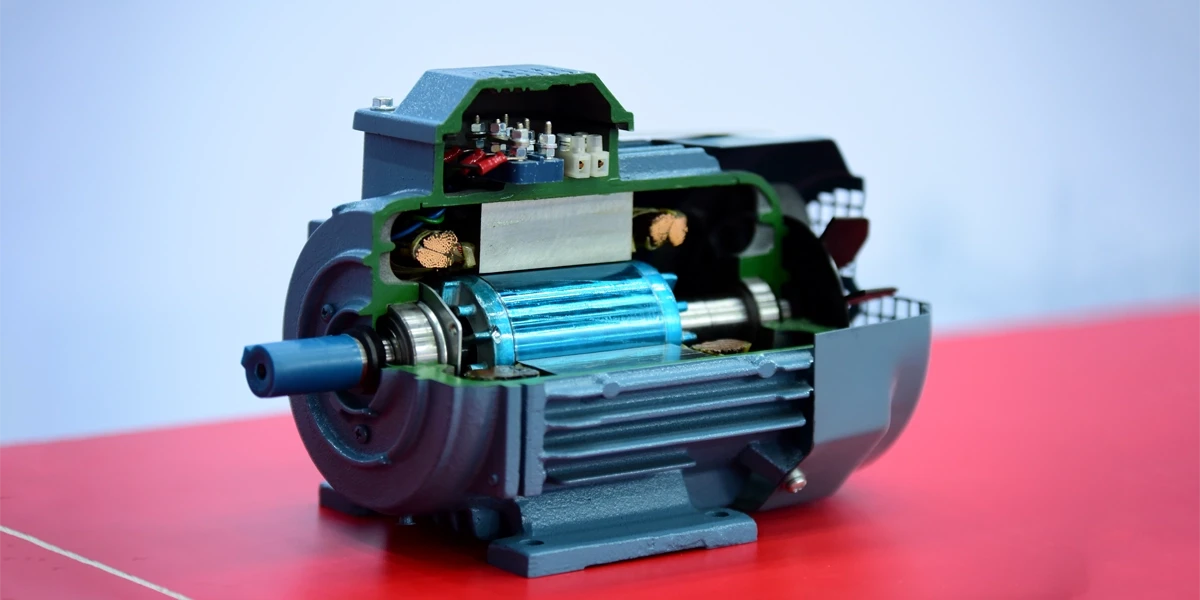
Power Motors Drive Today’s Industries